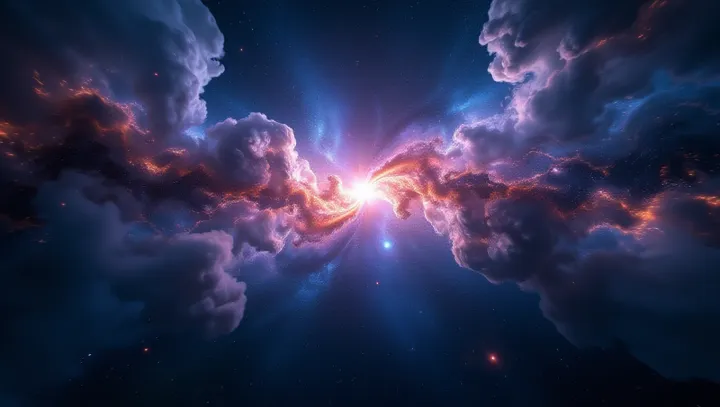How Do Nebulae Shape Our Galaxy?

In the vast expanse of the Milky Way, nebulae stand as monumental clouds of dust and gas, pivotal to the birth of stars and the dynamism of galaxies. These celestial wonders are not mere aesthetic splashes in the night sky; they are the very nurseries of stellar creation. Recent discoveries suggest the profound impact nebulae have on galactic structures.
As observed by astronomers, these clouds facilitate nuclear fusion, overseeing the transition from gas to luminous stars. This phenomenon, integral to cosmic evolution, offers insights into the cyclical nature of the universe. Notably, novae—a phenomenon that occurs when a new star emerges within a nebula—illustrate the dynamic processes at work.
These brilliant bursts of energy capture the essence of creation within the Milky Way, serving as reminders of the universe's ever-changing canvas. Dr. Eleanor Carter, an astrophysicist at the renowned observatory in Glendale, remarks, 'Understanding nebulae is crucial not only for deciphering stellar life cycles but for comprehending the broader cosmic narrative.' Such studies are not mere academic pursuits but essential explorations that connect humanity with the vast, mysterious universe.
